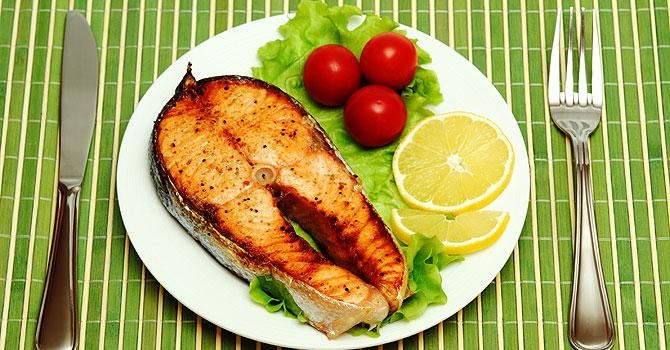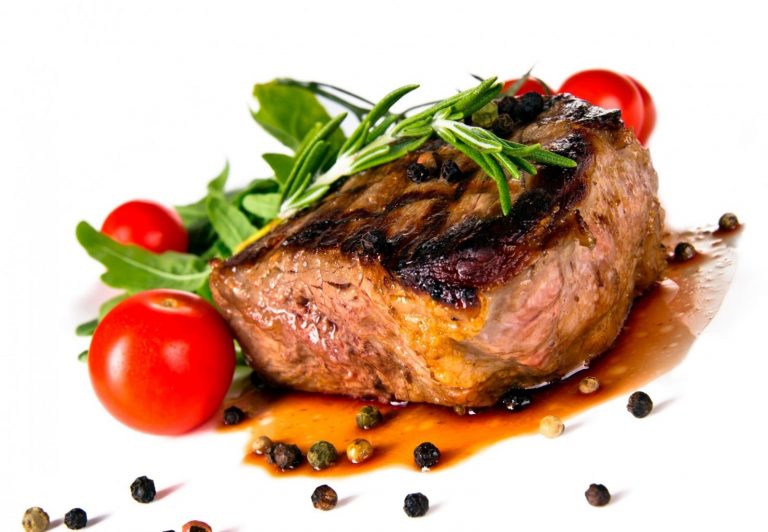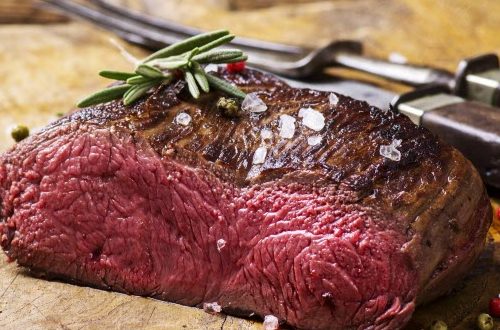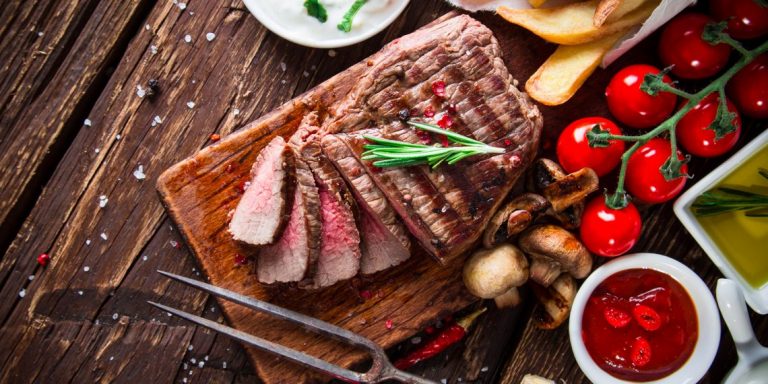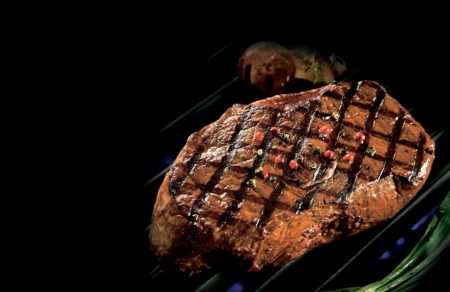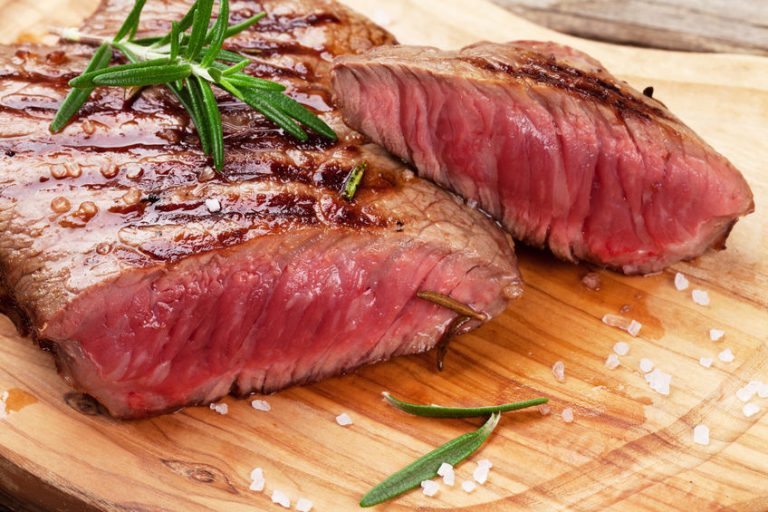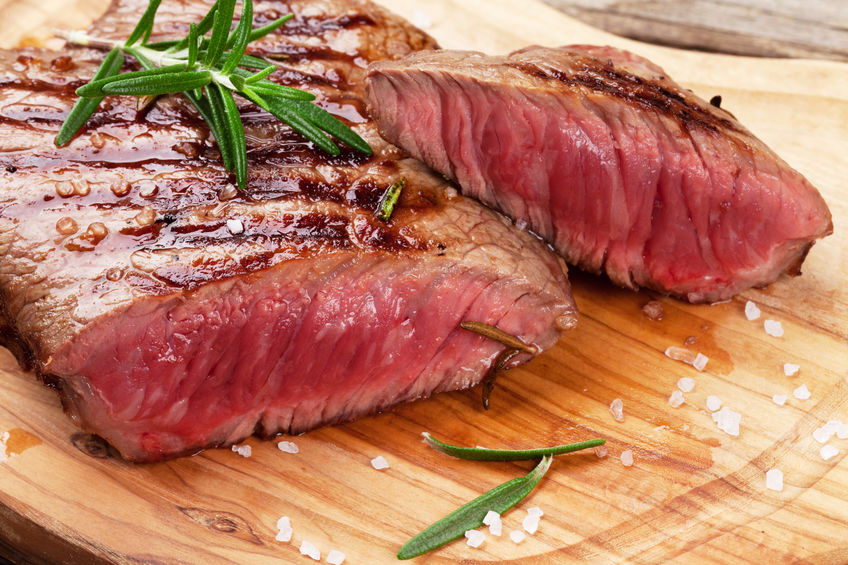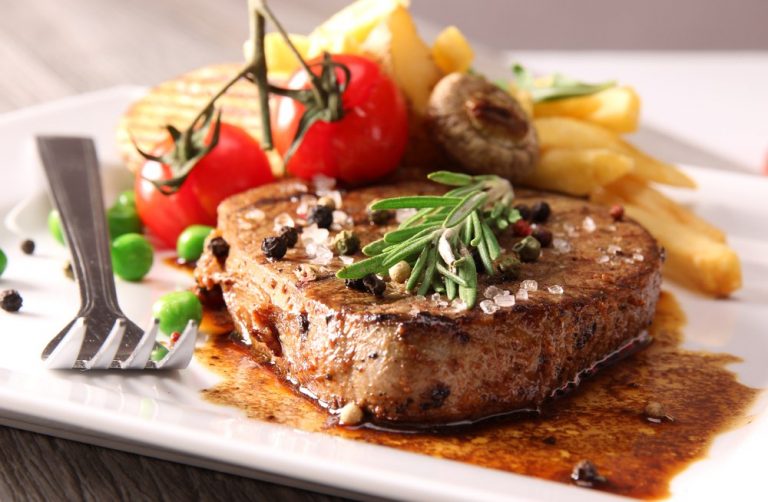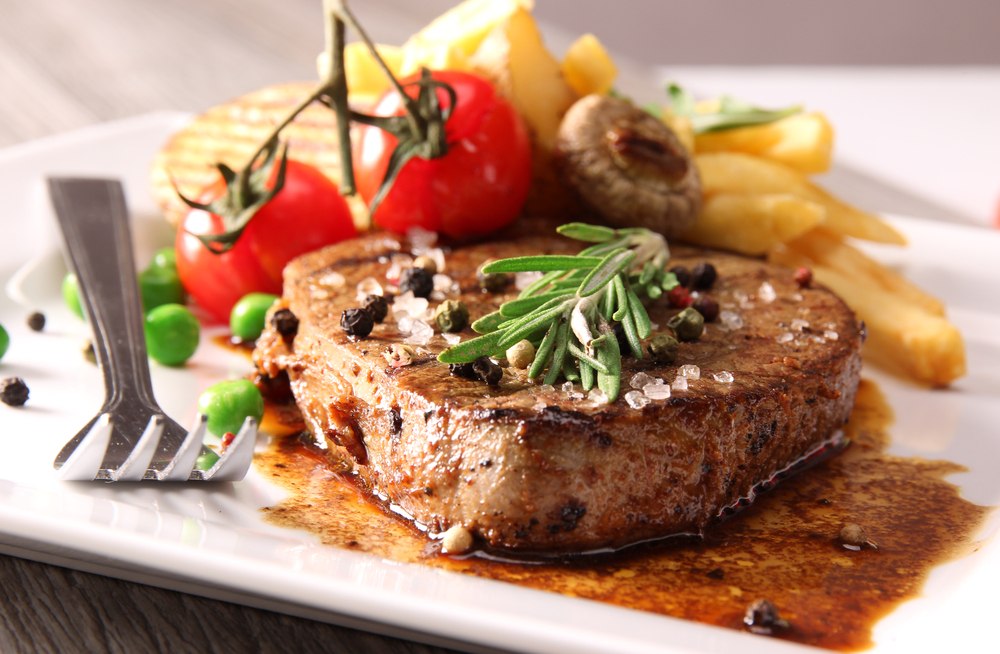Asian cuisine and medicine have used lotus root for thousands of years. Here you can find out everything you need to know about the root and how to prepare it.
The lotus root is the edible root ball of the plant of the same name. Lotus belongs to the water lily family and originally comes from Asia. The plant is valued there for its symbolic value. At the same time, it is a popular ingredient in soups and other dishes.
The lotus root is a product that does not grow in Germany. It is flown in from Asian countries and thus contributes to high CO2 emissions. Therefore, only use them in moderation or on special occasions.
You can buy the lotus root in a well-stocked specialist shop. Alternatively, you can find them online. Choose fresh lotus root whenever possible to avoid the packaging waste of canned foods.
Worth knowing about the lotus root
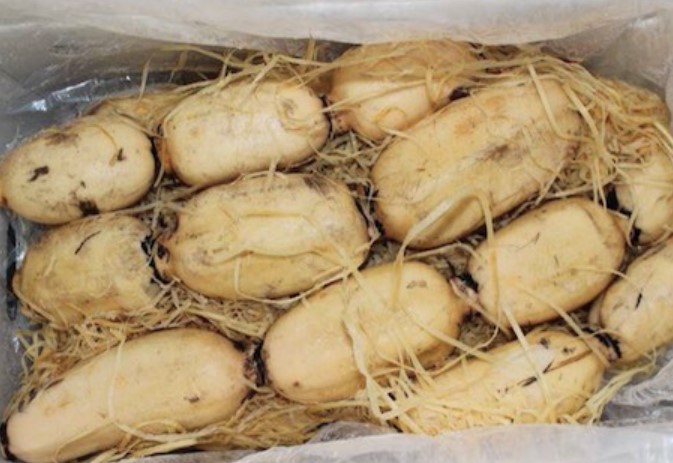
Prepare the lotus root raw or cooked. When raw, it tastes like a mixture of mushrooms and celeriac. When cooked, it is more reminiscent of potatoes. However, the flavor of the lotus root in a dish is quickly overpowered by the aroma of the other ingredients.
Peel the lotus root before you start preparing it. Lotus roots are suitable for cooking, steaming, baking or stewing. Serve the raw lotus root in thin slices with salad or stir-fry recipes.
This is how the lotus root is traditionally served:
- In soups
- Squeezed as juice
- Fried as a snack
- Boiled as tea
- In stir-fries
- As a striking side dish or decoration
Scientific evidence on the health benefits is limited. However, the effect of the lotus root seems to be broad. According to various studies, the root can achieve the following effects:
- promote blood circulation
- lower blood pressure
- release mucus
- reduce fever
- Strengthen heart and kidneys
In general, the root is healthy because it contains vitamin C, vitamin A, and, among other things, iron and potassium.
Cook the lotus root in the wok
Ingredients:
200 g lotus root (fresh)
1 tbsp ginger, fresh
1 clove(s) garlic
2carrots
1spring onion
2 tbsp sesame oil
30 mlsoy sauce
1 tablespoon of sugar
20 g sesame, toasted
1 tbsp water
Directions:

Peel the lotus root, ginger, and garlic. Wash carrots and spring onions.
Cut the lotus root and carrots into very thin slices. Finely chop the garlic and ginger. Cut the spring onion into fine rings.
Heat the sesame oil in a wok. First, sauté the garlic and ginger in it.
After a minute, add the lotus root. Fry until the color changes slightly and turn the lotus root over.
After about four minutes, add the carrots and spring onions to the wok.
Fry the vegetables for another four minutes. Then add the soy sauce, sugar, sesame seeds, and a tablespoon of water to the wok.
Boil the ingredients for about five minutes. The vegetables should be cooked but still crisp.
Tip: Serve your wok dish with cooked rice noodles or udon noodles.




